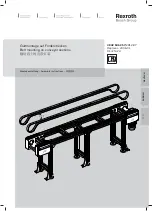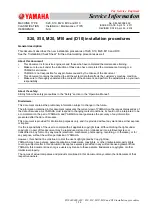
Lucent Technologies Lineage
®
2000 ECS Battery Plant J85500D-3
Issue 5 January 1999
Product Description 2 - 3
commercial or standby ac fails. This battery reserve is
engineered to supply dc power for a specific period of time. In
normal practice, battery capacity is sized to provide 3 to 8 hours
of reserve time.
Battery plant
subsystems
AC Distribution: connects the commercial and/or standby ac
power sources to the rectifiers within the plant and provides
overcurrent protection. This subsystem is usually supplied by
the customer.
Rectifiers: convert an ac source voltage into the dc voltage level
required to charge and float the batteries and to power the using
equipment.
Controller: provides the local and remote control, monitor and
diagnostic functions required to administer the battery plant.
Batteries: provide energy storage for an uninterrupted power
feed to the using equipment during loss of ac input or rectifier
failure.
DC Distribution: provides overcurrent protection, connection
points for the using equipment, and bus bars used to interconnect
the rectifiers, batteries, plant shunt, and dc distribution.
Figure 2-1: Block Diagram of Typical Battery Plant
ELECTRIC
UTILITY
(AC POWER)
DC-DC
CONVERTER
6 VOLTS
DC
12 VOLTS
DC
DC-DC
CONVERTER
AC
LOADS
DISTRIBUTION
FACILITIES
TYPICAL EQUIPMENT FRAME
DC POWER PLANT
OUTPUT VOLTAGES
DC-AC
INVERTER
TRANSFER
SWITCH
CONTROL
AND
MONITOR
RECTIFIER
RECTIFIER
DC POWER PLANT
BATTERY
















































